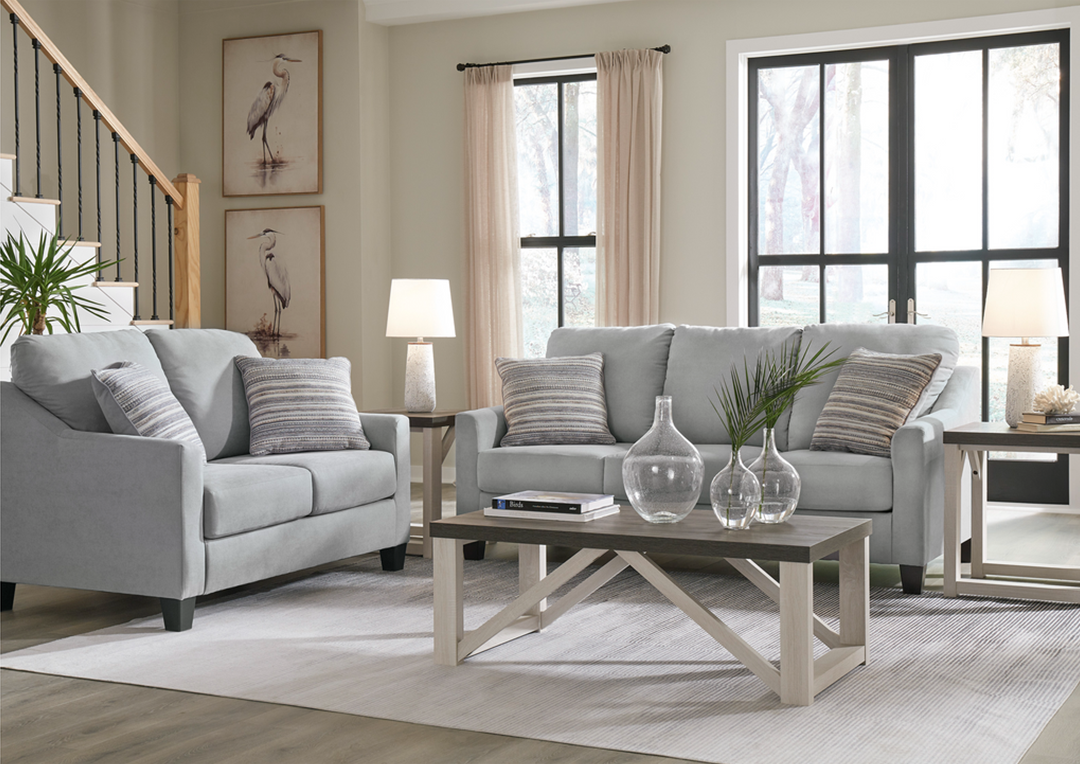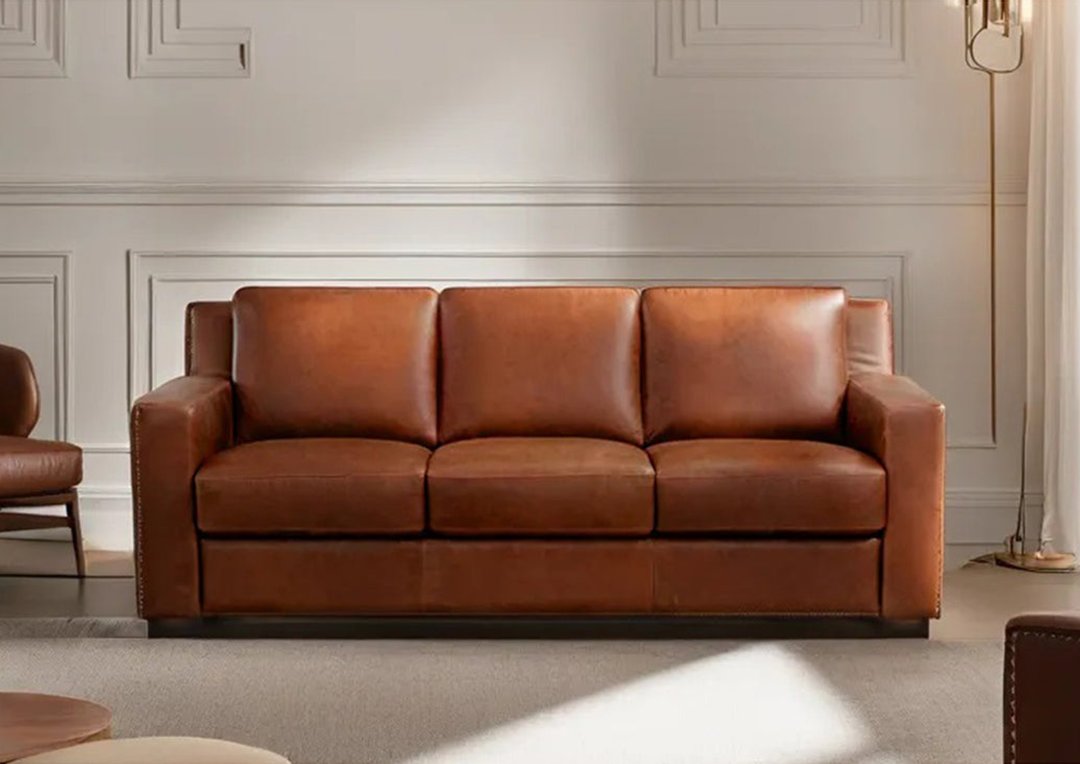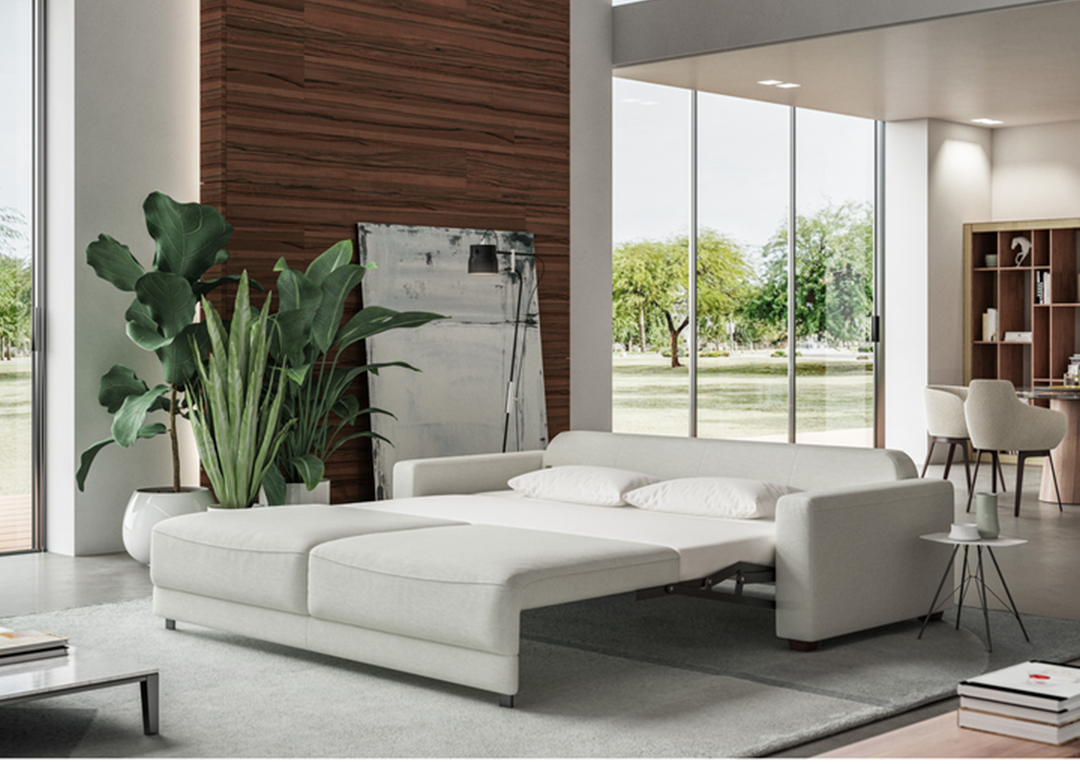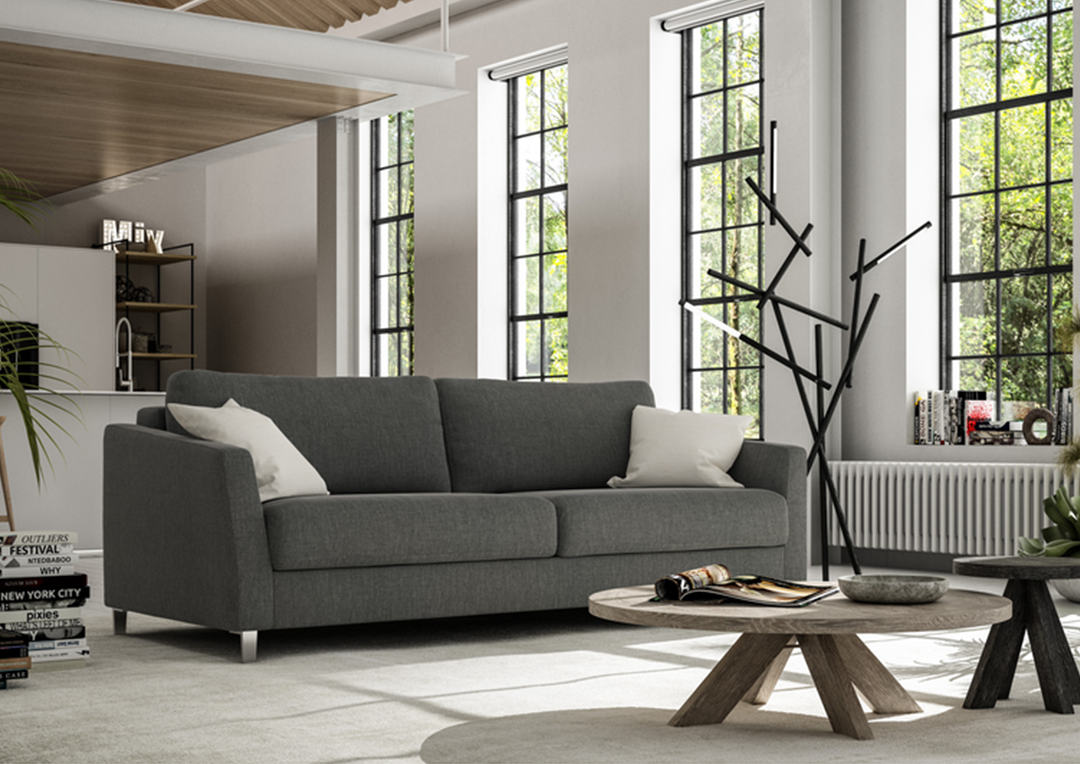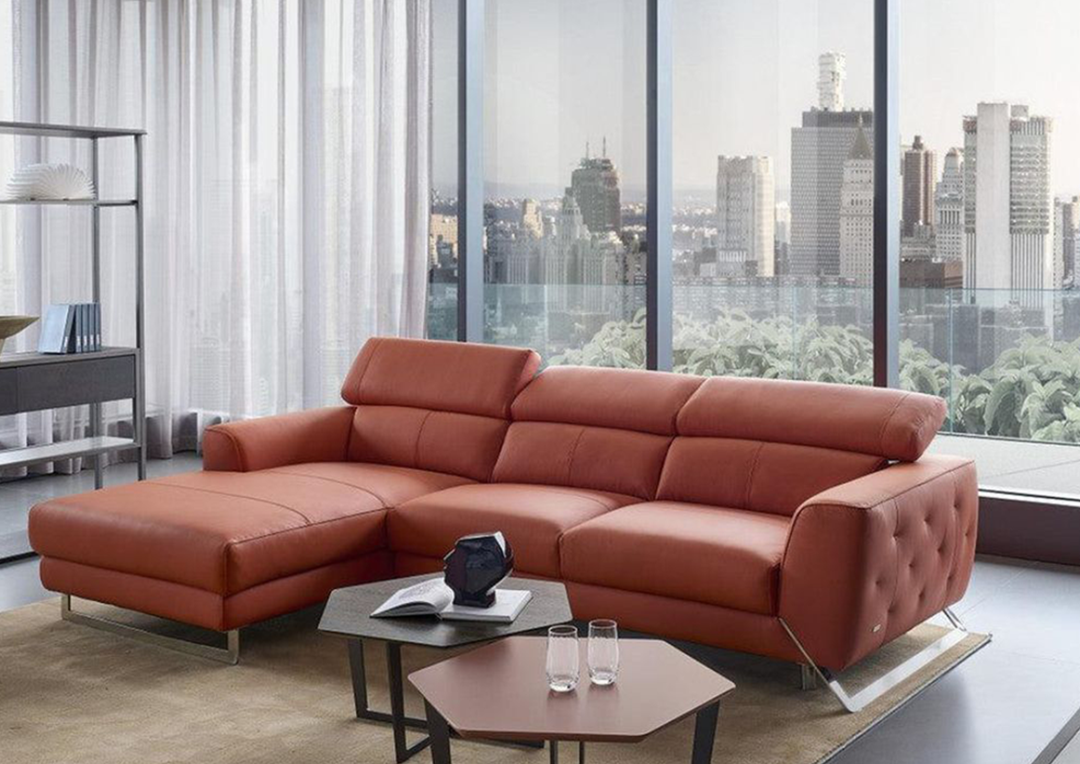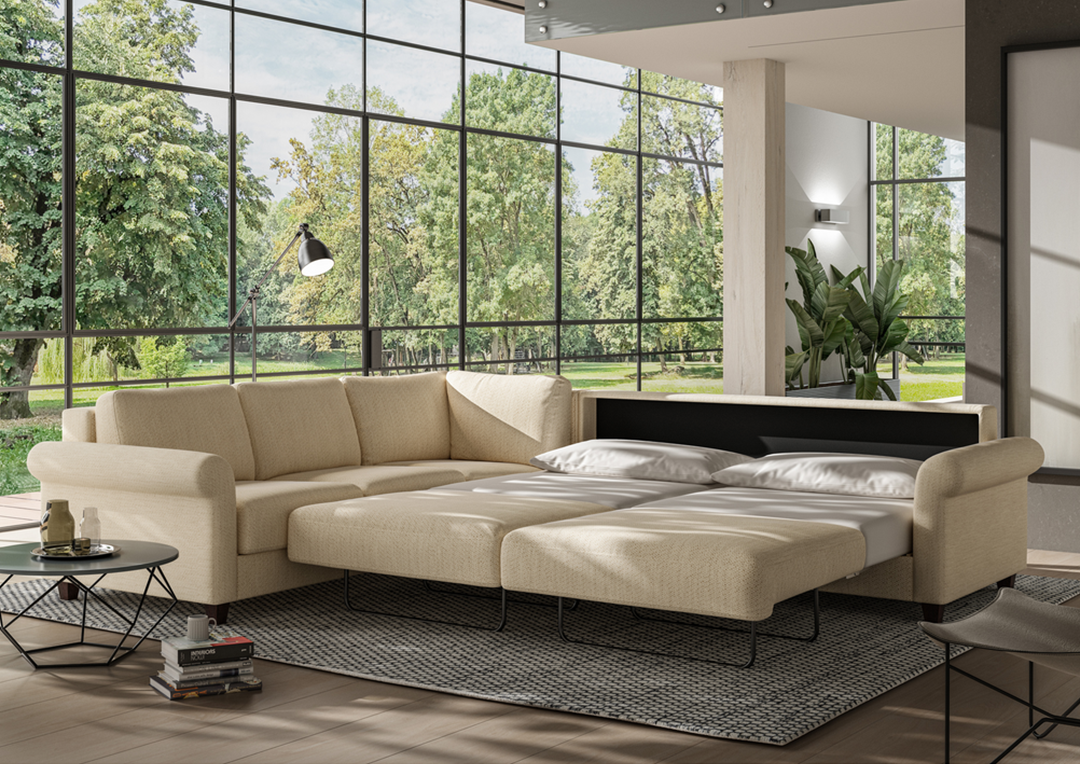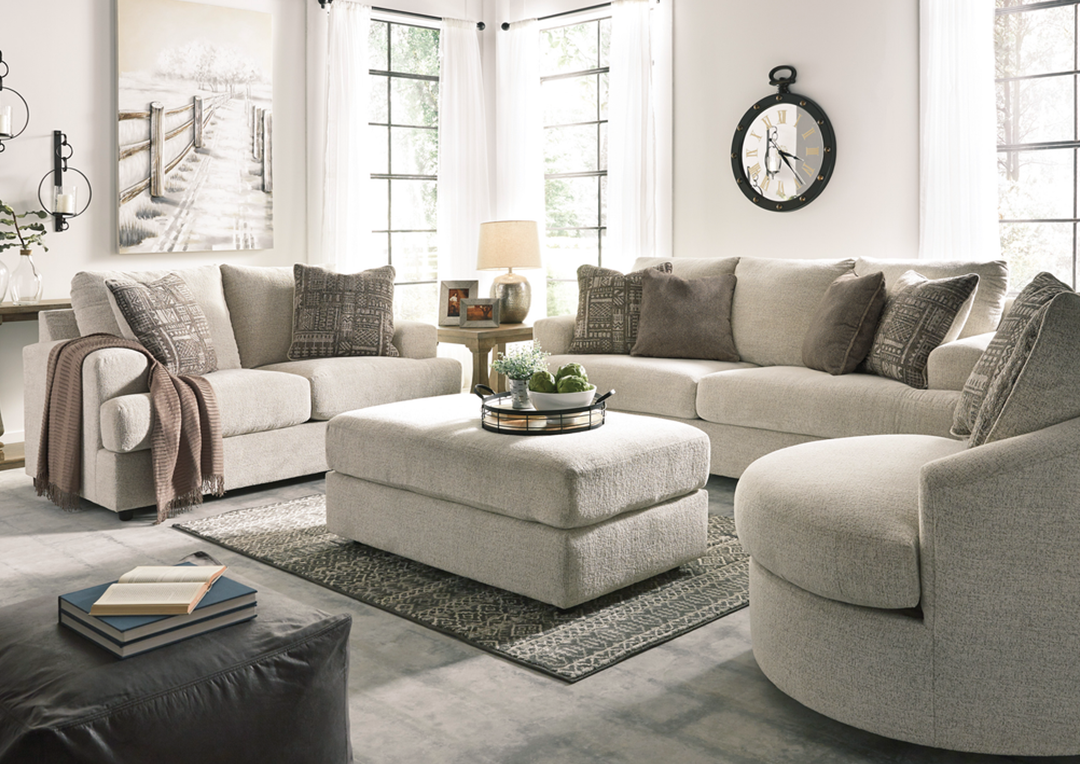Outdoor Furniture Care: Top Tips for Prolonging Quality

TABLE OF CONTENTS
- Why Does Outdoor Furniture Need Extra Care?
- Basic Principles of Outdoor Furniture Maintenance
- Cleaning Outdoor Furniture: Material-by-Material Care
- Best Practices for Seasonal Furniture Care
- Use Covers
- Quick Fixes for Common Furniture Problems
- Handy Maintenance Tools You’ll Want Around
- Simple Habits That Keep Furniture Looking New
- Final Thoughts
Outdoor spaces are undoubtedly extensions of our homes as they offer a place to relax, connect, and pause from daily life. The furniture you choose for these areas is an important part of that experience. But while your indoor pieces stay safe, outdoor furniture is constantly exposed to sunlight, rain, dust, and shifting temperatures.
And that takes a toll.
If you’ve invested in good outdoor furniture, it makes sense to protect it. This guide keeps things simple. No complicated products or confusing jargon, just clear, useful ways to keep your furniture strong, clean, and good-looking for years.
Why Does Outdoor Furniture Need Extra Care?
Think about it. Your sofa stays indoors, safe from rain or harsh sunlight. But your outdoor chair or table? It’s fighting the elements every single day. Over time, those conditions can damage its look and strength.
Here’s a quick look at what your furniture faces and how it affects it:
|
Factor |
What It Does |
|
UV rays |
Fades colors and weakens materials |
|
Moisture |
Causes rust, mold, and mildew |
|
Heat |
Warps wood, softens and weakens plastics |
|
Dust & Dirt |
Scratches finishes and dulls surfaces |
|
Pollution |
Leaves stains, reduces finish life |
If left unchecked, these problems can shorten your furniture’s lifespan, leaving you with worn, uncomfortable, and unattractive pieces. Luckily, consistent care can prevent most of these issues.
Basic Principles of Outdoor Furniture Maintenance
Before getting into material-specific care, there are some universal practices you should follow:
- Regular cleaning is better than deep-cleaning once in a while.
- Shade and cover are your furniture’s best friends.
- Storage during off-seasons adds years to its life.
- Use appropriate cleaners for every material.
- Inspect regularly for signs of wear and act early.
Cleaning Outdoor Furniture: Material-by-Material Care<
Every outdoor furniture is different from one another. Cleaning methods vary based on the material. Using the incorrect technique can do more harm than good. Here’s how to clean different types:
1. Wood Furniture

Wood furniture blends beautifully with natural surroundings but needs attention.
-
Dust regularly with a soft, dry cloth.
-
Wash monthly with a mixture of mild soap and water.
- Avoid harsh detergents or abrasive brushes.
-
Reapply sealant or oil twice a year to prevent cracking and color fading.
- Store or cover during heavy rain and intense heat.
Special Note:
Teak and cedar age naturally to a gray finish. If you want to maintain the original color, treat them with specific wood oil.
2. Metal Furniture

Metal is sturdy but prone to rust and corrosion.
-
Clean weekly with soapy water and a soft cloth.
-
Dry thoroughly after every cleaning.
- Use a paste of baking soda and water for rust spots.
- Apply a rust-protective spray annually.
- Avoid leaving wet cushions on metal frames.
|
Metal Type |
Risk Factor |
Care Tip |
|
Iron |
Rust-prone |
Apply anti-rust coatings |
|
Aluminum |
Surface marks |
Use non-abrasive cleaners |
|
Stainless Steel |
Pollution stains |
Clean with vinegar & water solution |
3. Wicker and Rattan Furniture

These add charm but can be delicate.
-
Dust frequently with a vacuum’s brush attachment.
- Use a mild soap-water solution for monthly cleaning.
- Avoid soaking natural wicker.
- Keep under covered areas or shaded patios.
- Apply a protective coat of shellac annually to natural wicker.
Synthetic wicker is easier. Hose it down occasionally and clean with mild soap.
4. Plastic and Resin Furniture

Lightweight and low-maintenance, but they still need care.
- Wash with soap and warm water.
- Remove stains using a baking soda paste.
- Avoid harsh chemicals that cause brittleness.
- Store indoors during harsh winters.
- Apply a UV-protectant spray for longer life.
Don’t use abrasive scouring pads. They scratch the surface and attract dirt.
5. Outdoor Fabric Cushions

Cushions make outdoor seating comfortable but can quickly gather dirt and moisture.
-
Vacuum regularly to remove dust.
- Spot clean stains immediately.
- Wash removable covers as per care instructions.
- Avoid storing damp cushions.
- Use fabric protector sprays to resist moisture and stains.
Storage Tip:
When not in use, store cushions in waterproof storage boxes or bring them indoors.
6. Concrete Furniture

Concrete furniture brings a contemporary feel to patios and gardens. It’s heavy, solid, and naturally resistant to many outdoor elements, but it isn’t maintenance-free. Without proper care, concrete can stain, crack, or become discolored over time.
How to care for it:
- Dust regularly using a soft, dry clean cloth or a microfiber duster.
- For deeper cleaning, use mild soap mixed with warm water and a soft sponge.
- Avoid acidic or harsh chemical cleaners as they can etch the surface.
- Rinse thoroughly first and then dry with a soft cloth to prevent water spots.
- Apply a concrete sealant once or twice a year to protect against moisture absorption and stains.
- During freezing winters, cover or move concrete pieces indoors if possible. Moisture inside the concrete can expand and cause cracks when temperatures drop.
- Use felt pads or rubber feet under concrete stools and tables if placed on tiled or delicate surfaces to avoid scratches.
Note:
Concrete develops a natural patina over time, which many people love. But if you prefer to keep its original, clean appearance, regular sealing is a must.
Best Practices for Seasonal Furniture Care
Outdoor furniture faces different challenges in different seasons. Here’s how to adapt your care:
|
Season |
Key Concern |
Action |
|
Summer |
Intense sun & heat |
Use covers, reapply UV protection |
|
Monsoon |
Moisture & mold |
Store cushions, dry frames properly |
|
Winter |
Rust & brittleness |
Move lightweight pieces indoors, cover heavier ones |
|
Spring |
Pollen & dust |
Clean thoroughly before heavy use |
Use Covers

One of the easiest ways to protect your outdoor furniture is by using high-quality covers. They shield against sun, rain, dust, and even birds.
What to Look for:
- Waterproof material
- UV-resistant fabric
- Breathable to prevent mildew
- Secure straps or ties for windy days
Investing in covers is more affordable than frequent repairs or replacements.
When and How to Store Outdoor Furniture
Storing furniture during extreme weather extends its life. Here’s a simple storage checklist:
- Clean and dry everything first.
- Remove cushions and wash or air them.
- Spray protective coatings on wood and metal.
- Stack lightweight items carefully.
- Store cushions in breathable bags.
- Cover stored items even in storage areas.
Important:
Never store wet furniture, it’s a fast track to mold and permanent damage.
Quick Fixes for Common Furniture Problems

No matter how careful you are, minor issues pop up. Here’s how to handle them before they grow:
|
Problem |
Why It Happens |
Simple Fix |
|
Rust on metal |
Moisture exposure |
Sand lightly, apply rust remover, repaint |
|
Moldy cushions |
High humidity |
Clean with vinegar-water mix, sun-dry |
|
Faded colors |
Sun exposure |
Use color-protecting sprays, add covers |
|
Cracked wood |
Heat, dryness |
Reapply wood oil or sealant |
|
Loose joints |
Regular use |
Tighten screws, replace worn parts |
Handy Maintenance Tools You’ll Want Around

Keeping a small toolkit makes regular maintenance easier and quicker. Here are some good items to keep:
- Soft brushes
- Microfiber cloths
- Mild soap
- White vinegar
- Baking soda
- Wood sealant or polish
- Rust remover
- UV-protectant spray
- Fabric protector
Store these in a labeled box so you don’t have to search when you need them.
Simple Habits That Keep Furniture Looking New
It’s often small, consistent habits that make the biggest difference.
- Wipe down surfaces after a rain.
- Remove dust twice a week.
- Don’t drag chairs or tables on rough ground.
- Add felt pads under metal furniture legs.
- Rotate cushions to spread out wear.
- Avoid placing hot or heavy objects on soft furniture.
Final Thoughts
Every outdoor furniture needs different care. What matters is consistency, being aware of your climate, and adapting your maintenance habits with the seasons.
Well-cared-for outdoor furniture stays stronger, looks better, and feels more comfortable. It also saves you money by delaying replacements and reducing waste, which is a win for your home and the planet.
At Sofabed.com, we believe outdoor furniture should be as durable as it is beautiful. Explore our collection for pieces designed to handle the outdoors while making your home’s exterior space stand out.
Want more simple, honest home care tips? Browse through our blog for fresh, practical ideas.


